A physical connection in a digital-first world
January 25, 2021 •Nick Rawlings

In the past year, we’ve helped nearly 100 retailers continue their digital transformation, through harnessing their customer data both on- and offline. This is all the more urgent due to COVID-19 and the inexorable rise of digital-first brands.
I’m Nick Rawlings, a Client Strategy Director at more2 and I’m going to talk about something physical that you can hold in your hand: catalogues. If you are a retail or ecommerce business and haven’t considered them or believe that the world is solely about digital these days, you may want to keep an open mind. Here’s why:
An agnostic view
At more2, we’re channel–agnostic about how we help retail and direct brands to grow. We help you understand the economics of each channel and how best to manage the portfolio, be that online, offline or in-store. The plain fact of the matter is that catalogues generate profits and, as you might expect with so many people at home, they’ve been working harder recently.
We carried out a benchmark study across a range of our client mailings to compare their performance year on year. The average response rate improved by over 50%, whilst the average order value (AOV) increased by 16%. We’d like to take some credit for that but changing consumer behaviour is probably the larger part.
The human factor
In these times, the benefits of showcasing your range in print stack up:
- People are mostly at home and have more time for browsing.
- As humans, we like to browse and be tactile so when the shops are shut, a catalogue is probably the next best thing. Added to which, people are tired of looking at screens; there’s a reason why Condé Nast’s UK magazine subscriptions are up 420% year on year.
- Email in-boxes and social feeds are increasingly overloaded and homogenous – everyone looks the same, especially when you’re scrolling past them in a few seconds.
- Catalogues provide the space to tell your whole story and to curate your products in more inspirational ways. This is why we see benchmark AOVs are 10-30% higher for catalogue orders vs those starting online.
- Digital channels are even more competitive and expensive than ever but they don’t address the entire market, even now.
- Catalogue customers are more loyal. Time and again, our analyses show that they are worth significantly more than those acquired digitally. This stands to reason because these customers have been able to immerse themselves in your brand and products. Catalogues are typically retained in the home for some time after being delivered.
- Catalogue mailings are accountable. Through robust control group analyses they can be even more accountable than digital channels, where attribution arguments can dominate.
No channel is perfect
This article is NOT brought to you in association with the Royal Mail – we know that there are good reasons that mailing volumes have seen a steady decline over many years. Not least, the environmental impact.
Like every industry, the print and mailing companies are constantly raising the bar in this area. Recycled papers are standard. Catalogues don’t need to be wrapped in plastic for mailing. Inks are increasingly water or soy-based – friendlier to the environment and more easily recycled. With regard to volumes, a capable direct marketing team or agency will not waste catalogues on unresponsive audiences.
Another key consideration is the long shelf life and lead times of print marketing – this can be a daunting prospect for digital-first brands but worries can be overcome with good planning, expert analysis, and forecasting to ensure your pagination is packed with products that really sell.
Always be learning
Throughout this period of massive change, retail and direct brands need to go back to the classroom – to become students of their customers and consumer behaviour. We need to engage and serve them in different ways.
Part of the appeal of digital is that it is a near real-time medium to test, learn and iterate. However, fragmented user journeys and fleeting online brand experiences are leading to less loyal customers. Print marketing plays a different role and can be a powerful one when you play to its strengths.
Print is unfashionable, perhaps, but maybe it’s worth a fresh look?
About Nick
Nick is our go-to for all things growth and forecasting – and for good reason. He’s a former brand-side Marketing Director with over 25 years’ marketing experience under his belt, including extensive experience with brands operating in the UK, Europe and the US.
Marketing aside, Nick is also on a mission to visit all the lower league football grounds in England – he’s been to 44% to date and only lockdown has stopped him from getting to the rest.

